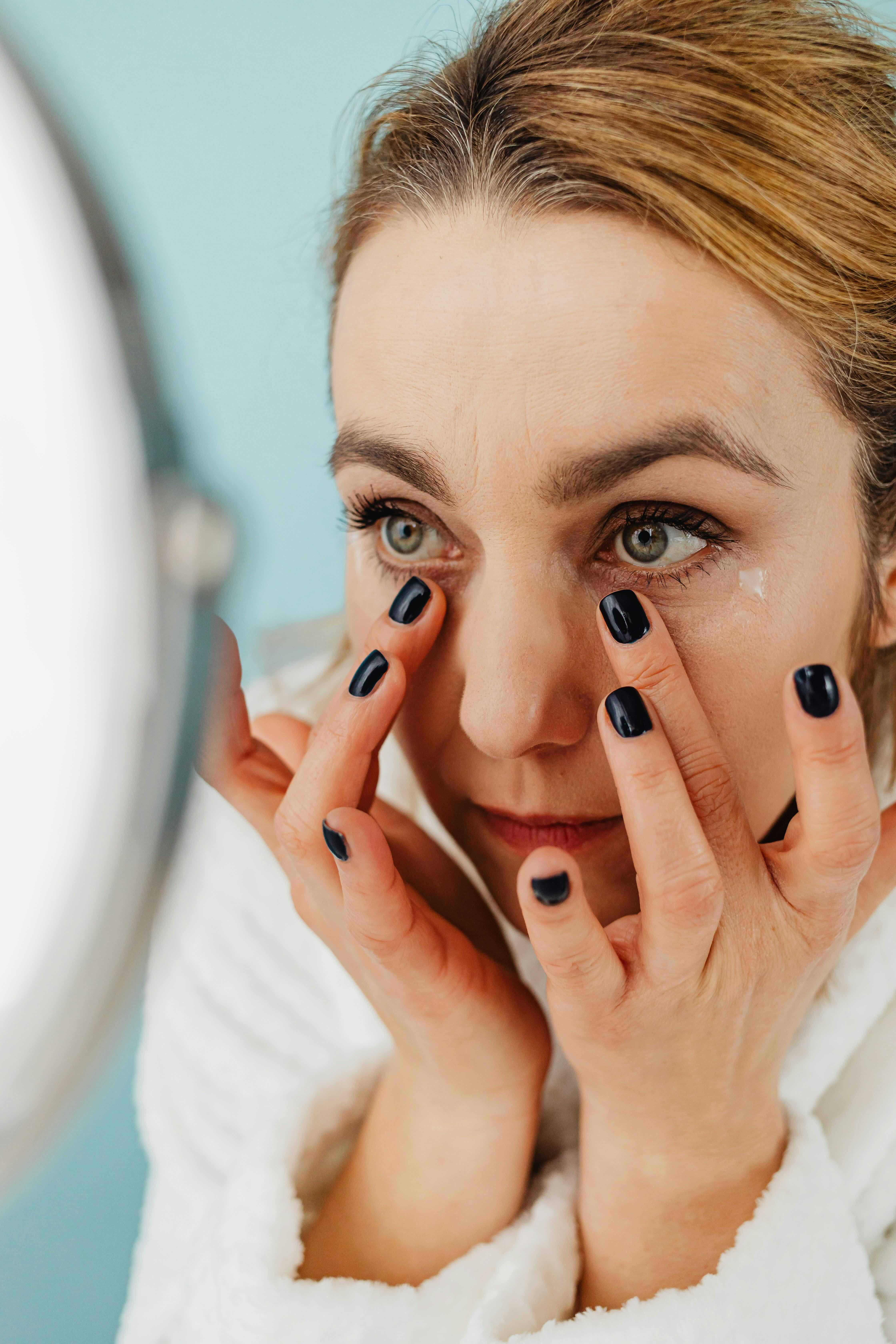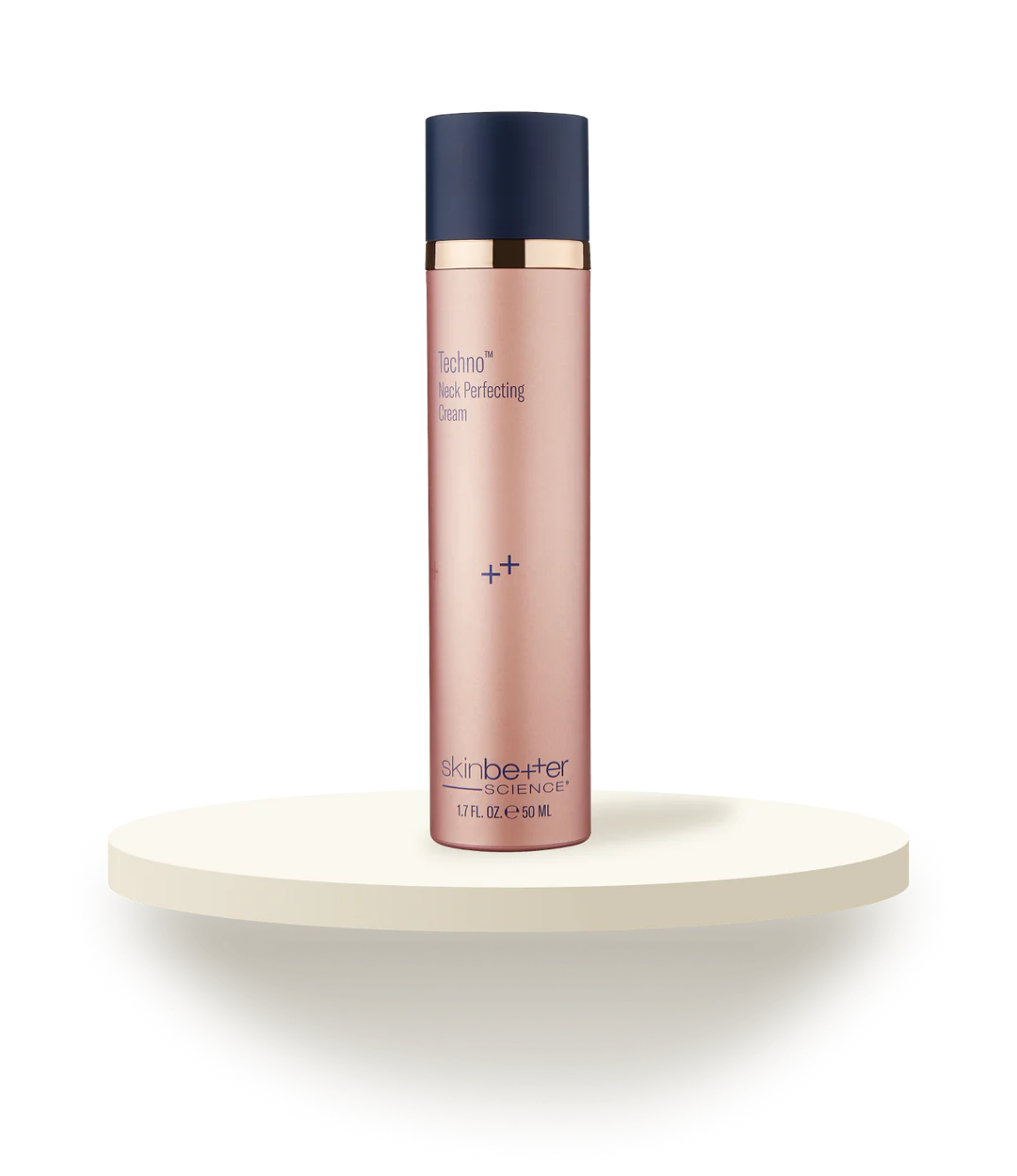Eye Ectropion: Another Cause of Drooping Eyelids
Ectropion is a condition that features the eyelids turning outward. Since it generally causes both of the lower eyelids to turn outward more often than the upper lids, ectropion can make the lower lids look like they are sagging. That outward turning of the eyelids exposes the inner parts of the eyes and causes additional problems.
Ectropion might be a condition that an individual possessed at birth that accompanies other issues, such as Down syndrome. Or it could be one that was acquired over time. Scarring of the lower lid due to an eye infection, eye surgery side effects or eye injuries can also cause the condition.
Potential Causes of Ectropion
Developing an infection or corneal ulcer
Muscle weakness
Bell's palsy
Conditions or tumors that paralyze facial nerves, eyelid muscles, and cause facial paralysis
Previous surgeries - specifically prior eye surgeries
Facial skin cancer
Symptoms of Ectropion
Excessive eye dryness that causes irritation
The eyelid turns in an outward direction
Lower lids that lift away from the eyes
Excessive tearing
Light sensitivity
Blurred vision
To help treat the symptoms of ectropion, a patient might be prescribed moisturizing eye drops, artificial tears, steroid creams, or antibiotic ointments in the case of an eye infection. Although these stop-gap measures may provide a certain amount of relief, eyelid surgery is often necessary to fix the problem.
Treatments to Fix Drooping Lower Eyelids
According to the Mayo Clinic, if you are experiencing an issue with the appearance of your eyes, it is best to visit an ophthalmologist who specializes in oculoplastic eye surgeries for assistance. Such a specialist will be able to determine the best route to repair your eyelids, along with assessing the individual risk factors specific to your medical history via the health information provided.
The American Society of Plastic Surgery notes that a popular form of eyelid surgery - called blepharoplasty - helps improve problems with the upper and lower lids, including lower eyelids that droop so low or are turned outward so much that the white portion of the eye beneath the iris is revealed.
Blepharoplasty fixes droopy eyelids by excising any excess skin, potentially along with fatty tissues and muscle causing the lower eyelids to sag. The surgery can also help fix sagging upper eyelids that block a person's vision, such as in the case of congenital ptosis, whereby the upper eyelids are positioned lower than normal.
The eyelid surgery can be combined with other surgeries, like brow lifts and facelifts, or procedures that relocate fat from the eye socket into other locations.
Lower Eyelid Blepharoplasty with a Transconjunctival Approach
This form of lower eyelid surgery features an internal lid incision that allows the plastic surgeon to excise extra fat and reposition it to help improve the appearance of dark circles and bags. However, it does not include the removal of excess skin although the fat movement helps address issues of sagging and stretched eyelids.
Lower Eyelid Blepharoplasty with a Transcutaneous Approach
In this form of surgery on the lower lids, age-related concerns can be reversed with a surgical approach that features an external incision right below the eyelashes. The position of the incision allows for fat and excess skin to be removed and repositioned, while lower eyelid muscles are tightened. Doctors should not be too aggressive with this approach, because it can cause ectropion, which pulls the eyelids downwards when too much skin is removed.
Injectables & Fillers to Lift Droopy Eyelids
Those folks who aren't ready to indulge in eye surgery to correct their sagging eyelids can choose from certain non-surgical options to try and lift their lids. Injections of neurotoxins, such as Botox® or Dysport®, help to smooth fine lines and wrinkles near the eyes. The relaxed muscular effect may provide a more wide-awake appearance.
Additionally, hyaluronic acid dermal fillers like Juvéderm® and Restylane® can bring volume to sagging crevices in the cheeks and near the lower lid region, filling out the hollow appearance below eye bags.
A combination of various dermal fillers and injectables may help provide an overall improvement of the eye area, although the effect may not be as dramatic as a surgical correction. Receiving injectables and dermal fillers is also a temporary process that requires follow-up treatments.



